Epoxy Floor vs Polished Concrete (Design Guide)
Regarding flooring systems, the best option for any space is durable and easy to maintain – especially for industrial and commercial facilities. It is best to have a timeless, sleek finish to match a long-lasting floor system. There are many options, but this article discusses two options that satisfy the features above and offer a lot more! These are Polished concrete and Epoxy floors.
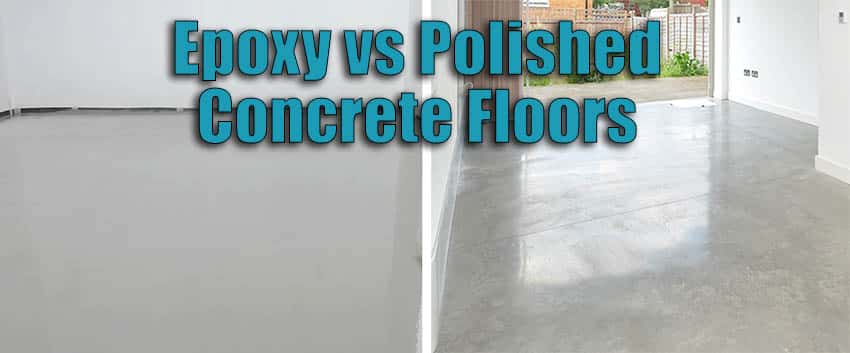
Here are some of the most important factors you need to know to select a better flooring solution for your project.
What Are Epoxy and Polished Concrete Floors?

Polished concrete and epoxy floors are two options commonly used for commercial, industrial, and institutional spaces. They are low maintenance and hard-wearing yet still offer a satisfying glossy finish.
Polished concrete floors create a minimalist look in homes, offices, restaurants, and other commercial spaces. As one of the most versatile flooring systems, it can work from a sophisticated dining room to an expansive hotel lobby.
An epoxy floor is a coating used for industrial sites but is becoming increasingly popular in commercial and residential settings. It comes in many shades, styles, and textures, which can all withstand challenging environments.
Differences in Epoxy vs. Concrete Floor Finishes

Epoxy floors and polished concrete have similar smooth and durable finishes. Primarily, both flooring options use a concrete slab foundation as a base. But they undergo a drastically different process from there.
Epoxy floors are a two-component resin often applied in multiple layers over an existing slab. An epoxy resin and a hardener are mixed and applied on the surface, where they start curing in place.
This process allows for a much thicker floor coating than that of conventional painted floors. In turn, epoxy floors become hard-wearing and perfect for heavy-use environments.
Polished concrete floors can be “cut and coated” or “mechanically honed,” but the latter is more commonly used in commercial projects.
A chemical hardener is applied to densify the porous material, which is ground into the desired smoothness level. This process allows more versatility in appearance since you can decide how much aggregate you expose, carve patterns, or add dyes and stains.
Benefits of Epoxy Flooring
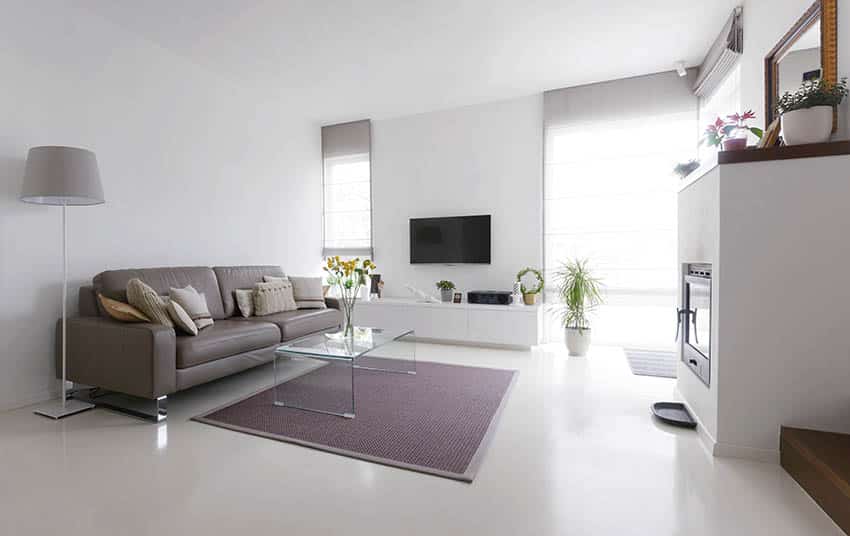
The epoxy flooring system is best known for heavy-duty performance, and using epoxy coating over concrete has many benefits.
● Fast curing
● Long-lasting durability
● Resistant to abrasion
● Easy to clean
● Resurface damaged floors
● Chemically resistant
● Water-resistant
● Slip-resistant
● Variety of textures
They are most commonly used in commercial warehouses, manufacturing, and industrial plants. They can take the weight of heavy machinery, constant traffic, and variable temperatures.
Epoxy floors can resist constant friction from cleaning, albeit their seamless surfaces are very easy to clean. They are beneficial to make slip-resistant floors for areas with safety requirements. These characteristics make them a good choice for places like an epoxy kitchen countertop or an epoxy patio.
Epoxy floors are also quicker to install, allowing only one- to two-day installation. Most products have low VOC content and are odorless, too. This significantly reduces construction time or shut-downs, making this flooring solution ideal for resurfacing damaged floors.
Benefits of Concrete With A Polished Finish
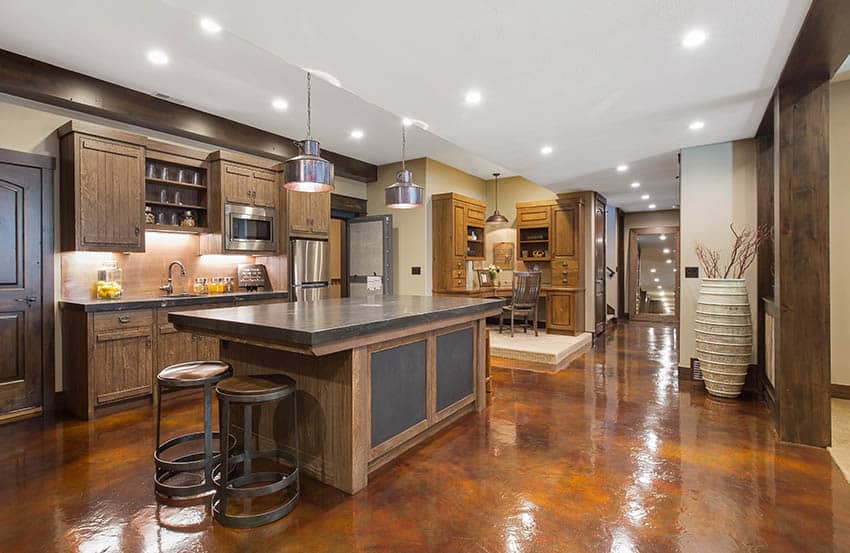
Polished concrete is most notable for using natural materials or aggregates and is considered a sustainable flooring solution.
Polishing the exposed surface eliminates additional material costs for other flooring applications. It is also energy-efficient in terms of its heat-retention capabilities.
Besides these, there are more benefits to opting for polished concrete floors.
● Long life expectancy
● Reduced maintenance
● Scratch-resistant
● Increases light reflectivity by 70%
● Green building rating compliant (e.g., LEED)
● Effective thermal mass
● Reduced allergens
● Variety of gloss levels
● Variety of colors
Polished concrete is hard-wearing and does not easily chip or dent. This flooring solution is easy to maintain, with only clean water or a neutral PH cleaner.
There will be no need to wax its surface since it will only dull the floor’s intrinsic shine. Moreover, it has a high friction coefficient, making it non-slippery.
The floor installation may require a greater upfront investment, depending on how refined it will be. Nonetheless, its long life and low maintenance make it more cost-effective than ordinary floorboards.
Advantages of Concrete vs Epoxy for the Floor
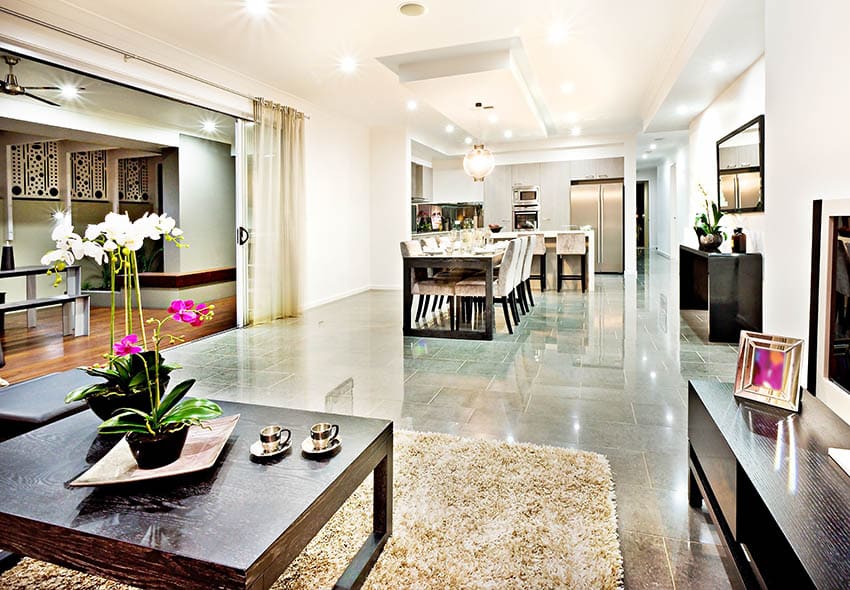
Polished concrete and epoxy flooring systems offer attractive flooring solutions that are heavy-duty and low-cost. Both have their advantages, but each works better for different purposes.
So, if you’re choosing between the two, your decision would likely be influenced by the use of your space.
Lifespan
A flooring’s lifespan means how long it can last without maintenance, and both systems generally last for years. Polished concrete’s longevity depends on how refined its industrial polish is.
A properly refined finish can last up to 10 years. Epoxy floors depend on the thickness of their application and the amount of traffic they have to endure. Around 3 to 5 years is the standard for most surfaces.
Durability
Unlike wood or carpeted floors, a polished concrete floor can serve high traffic without becoming discolored or showing visible signs of use.
Epoxy floors are made of a toughened mixture of resin and hardener, which makes a hard-wearing surface. The seamless flooring system is strong enough to carry large machinery and withstand heavy traffic.
Chemical Resistance
Epoxy floors resist corrosive compounds such as acids, alkalis, and chemicals that damage or corrode concrete.
For this reason, they are best used for laboratories, commercial and industrial warehouses, food and beverage plants, and other similar facilities.
Polished concrete, however, is not chemical resistant and would need a separate seal.
Easy Maintenance
Both flooring systems are quite easy to keep in peak condition. They are seamless surfaces so that you won’t have any trouble with crevices or grout lines.
For polished concrete floors, you only need water for daily cleaning, while auto-scrubbing or using a specialized solution occasionally will help restore its shine.
Maintaining epoxy floors, on the other hand, requires additives like detergents to remove dust and debris.
Aesthetics
There are different colors and patterns available for epoxy floors, from tiled patterns to metallic shades to solid colors that are most popularly used. It is clean and modern and looks timeless as it is long-lasting.
A polished concrete floor is just as ageless. It can display varying refinement of aggregates, from fine monochromes to terrazzo-like patterns.
What is your favorite thing about an epoxy floor vs. polished concrete? Comment below to let us know your thoughts. for more related information, visit this gallery page about the types of concrete floor finishes.


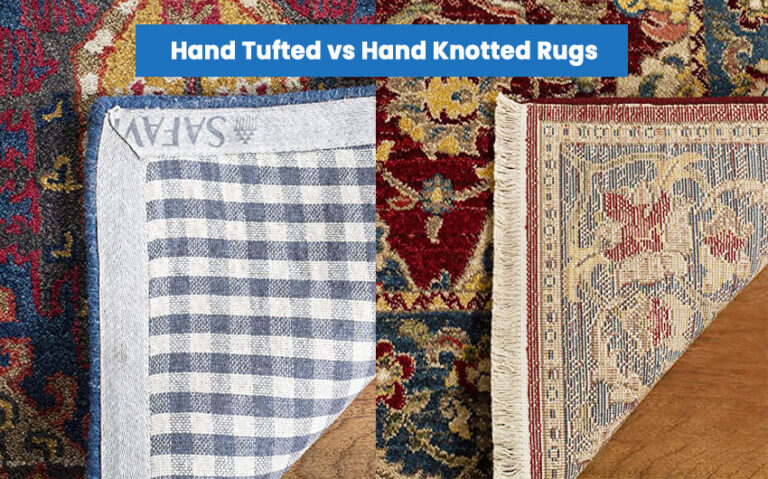
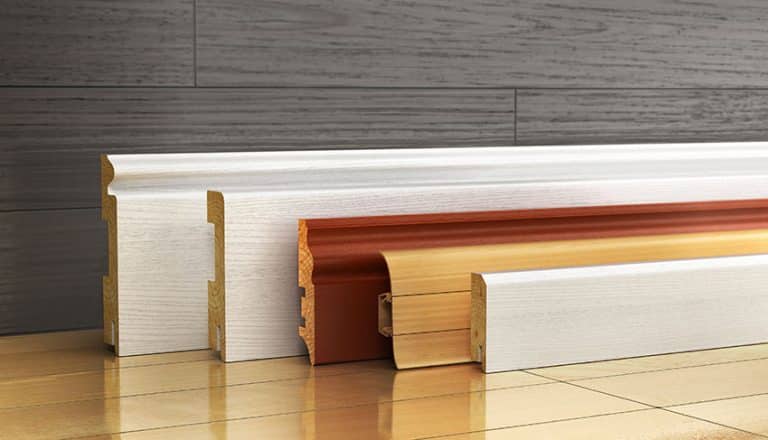
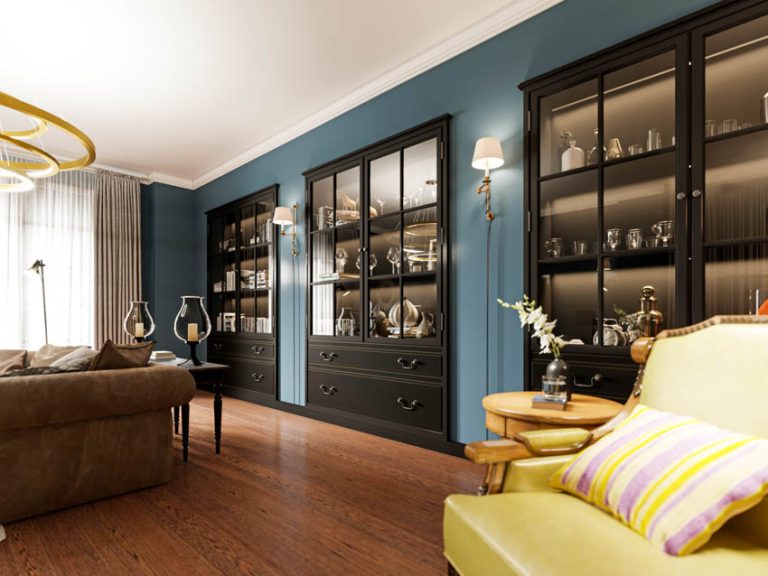


“Thanks for the insights! Do you have any before-and-after photos of polished concrete projects? I’d love to see some real-life transformations.”
That’s a great idea. I’ll take a look through our gallery and see what we have.